Garden design with Australian natives is gaining traction as a sustainable and visually stunning approach to landscaping. In years gone by, traditional European gardens were the norm, but now there's a growing appreciation for the unique beauty of native Australian flora. These plants are perfectly adapted to the local climate, often requiring less water and maintenance, while still offering an abundance of colors and textures. While some might envision native gardens as wild or unkempt, they can in fact be wonderfully diverse and strikingly contemporary. Embrace this exciting trend with our selection of Australian native garden ideas and transform your outdoor space into a true reflection of the land down under.
Silvery foliage plants like Australian saltbush interspersed with native grasses create a textured landscape. This combination enhances drought resistance and requires minimal maintenance. Source
Curved gravel pathway accented with native shrubs and grasses. Incorporating native Australian flora enhances biodiversity and requires minimal maintenance. Source
Kangaroo paws and native grasses. Incorporating these elements creates vibrant color and texture, attracting local wildlife while celebrating Australian flora. Source
Stepping stones among native grasses. Incorporating drought-resistant Australian native plants can enhance the natural aesthetic and reduce water usage. Source
Lush green rooftop garden with native Australian grasses. Incorporating local flora promotes biodiversity and creates a harmonious connection to the surrounding landscape. Source
Native Australian flora arrangement. Incorporating species like Westringia and Kangaroo Grass can enhance biodiversity while ensuring low maintenance. Source
Lush native grasses and flowering shrubs. Incorporating species like Lomandra and Grevillea would enhance biodiversity and create a vibrant, low-maintenance garden. Source
Natural stone pathway. Incorporating Australian native grasses and soft landscape elements enhances the area's ecological harmony while promoting biodiversity. Source
Lush native grasses like Lomandra and vibrant flowering shrubs such as Westringia create a harmonious Australian native garden. This combination not only enhances biodiversity but also provides a beautiful, low-maintenance landscape suitable for various conditions. Source
Indigenous Australian plant selection. Incorporating species like Grevilleas or Banksias will attract local wildlife and promote biodiversity. Source
Bold red sculptures as focal points. These striking elements contrast beautifully with the lush greenery of Australian native plants, enhancing the garden's aesthetic and inviting conversation. Source
Native grasses and flowering shrubs. Incorporating Australian natives enhances biodiversity and sustains local wildlife. Source
Lush ferns and bamboo plants create a serene Australian native garden. This combination enhances biodiversity and provides a calming aesthetic, perfect for outdoor spaces. Source
Native Australian shrubbery such as correa or tea tree. These plants offer vibrant foliage and attract native wildlife while complementing modern architectural designs. Source
Rounded native shrubs. Incorporating species like Prostanthera and Westringia will enhance structure while providing low maintenance and drought resilience. Source
Lush Australian native shrubs with textured foliage. Incorporating species like Agave and Lomandra can provide structure and drought resilience, enhancing the garden's sustainability and visual appeal. Source
Seating area with native Australian plants. Incorporating native flora enhances biodiversity and provides a natural habitat for local wildlife. Source
Gravel pathway with native grasses. Incorporating Australian native plants like kangaroo grass or lomandra can enhance biodiversity and create a low-maintenance landscape. Source
Textured timber sculptures surrounded by Australian natives. Incorporating native grasses and shrubs, such as Lomandra and Myoporum, enhances biodiversity and creates a natural aesthetic. Source
Native plant beds featuring plants like Lavender, Kangaroo Paw, and Grevillea provide vibrant colors and attract local wildlife. They enhance biodiversity and create a thriving habitat in garden spaces. Source
Diverse Australian native plants. Incorporating a range of textures and colors can enhance the landscape's natural beauty while supporting local wildlife. Source
Wildflower pathways featuring Australian natives. Incorporating native plant species promotes biodiversity and resilience in the garden ecosystem. Source
Native plant garden design with diverse Australian species. Incorporating various textures and colors creates a vibrant, ecologically sustainable landscape. Source
Drought-tolerant plants
Drought-tolerant plants are a game changer for any garden, especially in those hot summers. Think succulents, lavender, or native grasses that thrive with minimal water. They not only save you time and effort but also add a unique aesthetic to your outdoor space.
Native shrubs and trees
Native shrubs and trees bring a unique charm to any garden while supporting local wildlife. They're typically low-maintenance, adapting to the local soil and climate without needing much extra care. Plus, using natives helps promote biodiversity, which is a win for the environment.
Bushland wildflowers
Bushland wildflowers add a splash of color and a touch of nature to any garden design. You can mix native plants like kangaroo paws and grevilleas for a vibrant look while attracting local wildlife. Plus, these hardy plants generally need less water and care, making them perfect for a low-maintenance garden.
Indigenous groundcovers
Indigenous groundcovers are fantastic for adding color and texture to your garden while being low-maintenance. They're adapted to the local climate, making them resilient and great for supporting local wildlife. Plus, they help prevent soil erosion and keep weeds at bay, which is a win-win for any gardener!
Sustainable landscapes
Sustainable landscapes focus on native plants that thrive in local conditions, reducing the need for extra water and chemicals. Incorporating elements like rain gardens can help manage stormwater, promoting biodiversity while keeping maintenance low. Plus, adding composting areas and using organic practices boosts soil health, making your garden not only beautiful but eco-friendly.
Wildlife-friendly habitats
Creating wildlife-friendly habitats in your garden is all about choosing the right plants that attract local pollinators, birds, and beneficial insects. Incorporate native species and offer water sources like birdbaths or small ponds to encourage wildlife visits. Adding features like log piles or rockeries can provide shelter for critters, making your garden a vibrant ecosystem.
Low-maintenance gardens
Low-maintenance gardens are perfect for busy folks who love nature but don't have a ton of time. Think native plants, drought-resistant flowers, and a mix of perennials that come back year after year with minimal fuss. Adding features like gravel paths or ornamental stones also cuts down on weeding and upkeep--making it all about enjoying the space, not working in it.
Garden design that incorporates Australian natives focuses on creating a landscape that is both visually appealing and environmentally sustainable by using plant species indigenous to the Australian region. This approach not only supports local biodiversity and attracts native wildlife but also promotes water conservation, as these plants are naturally adapted to the unique climate and soil conditions of Australia. The result is a beautiful, low-maintenance garden that thrives with minimal intervention while celebrating the rich botanical heritage of Australia.

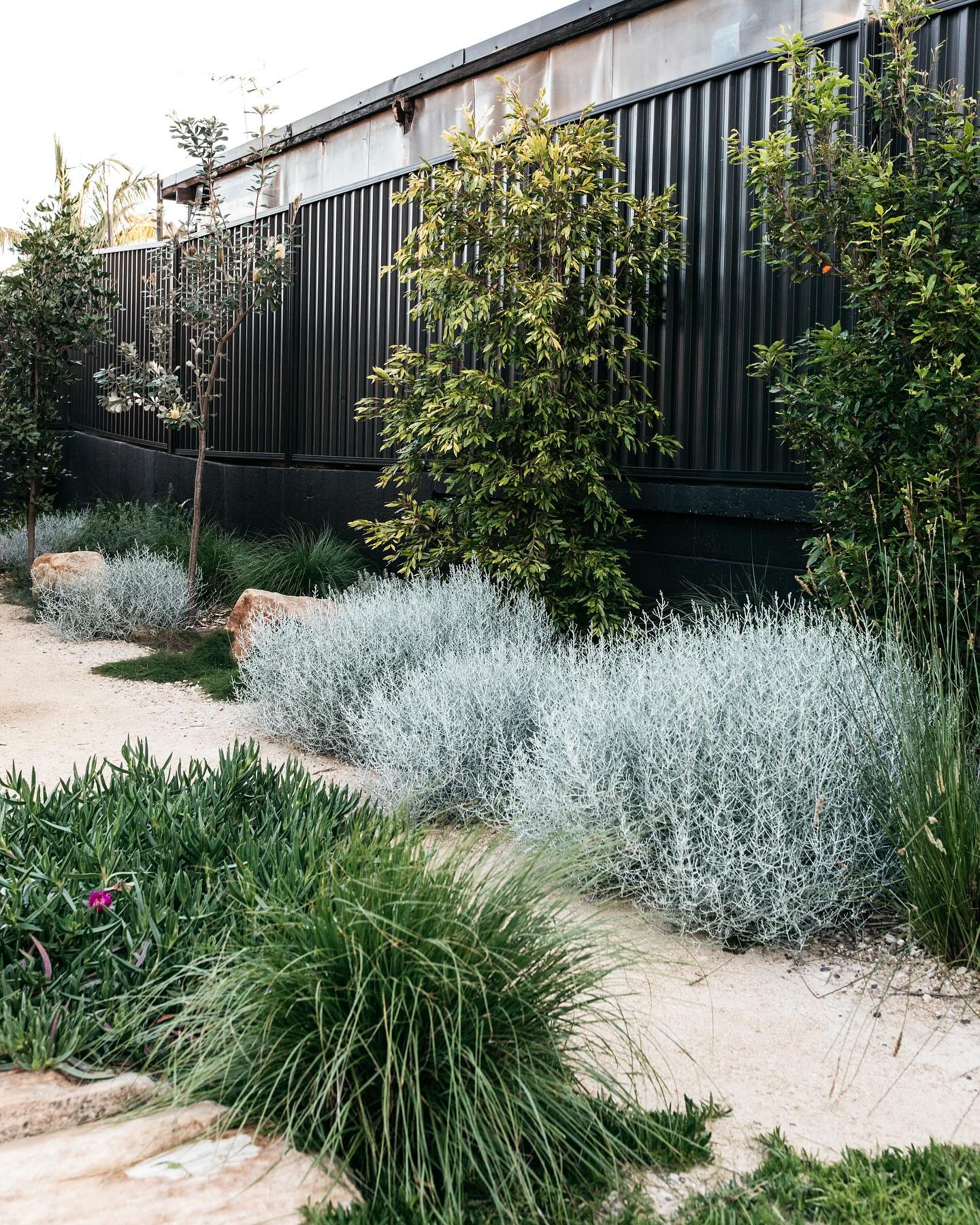


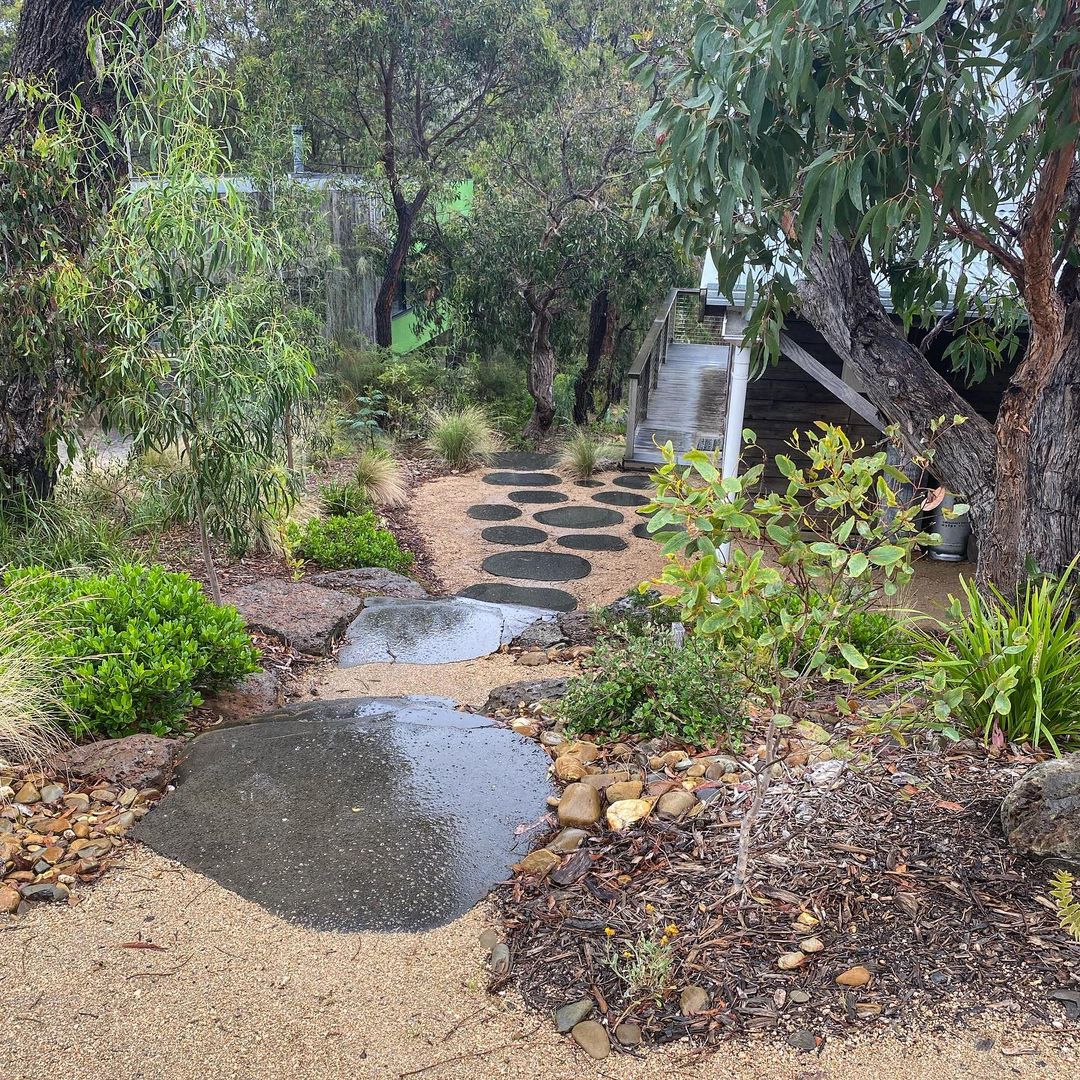
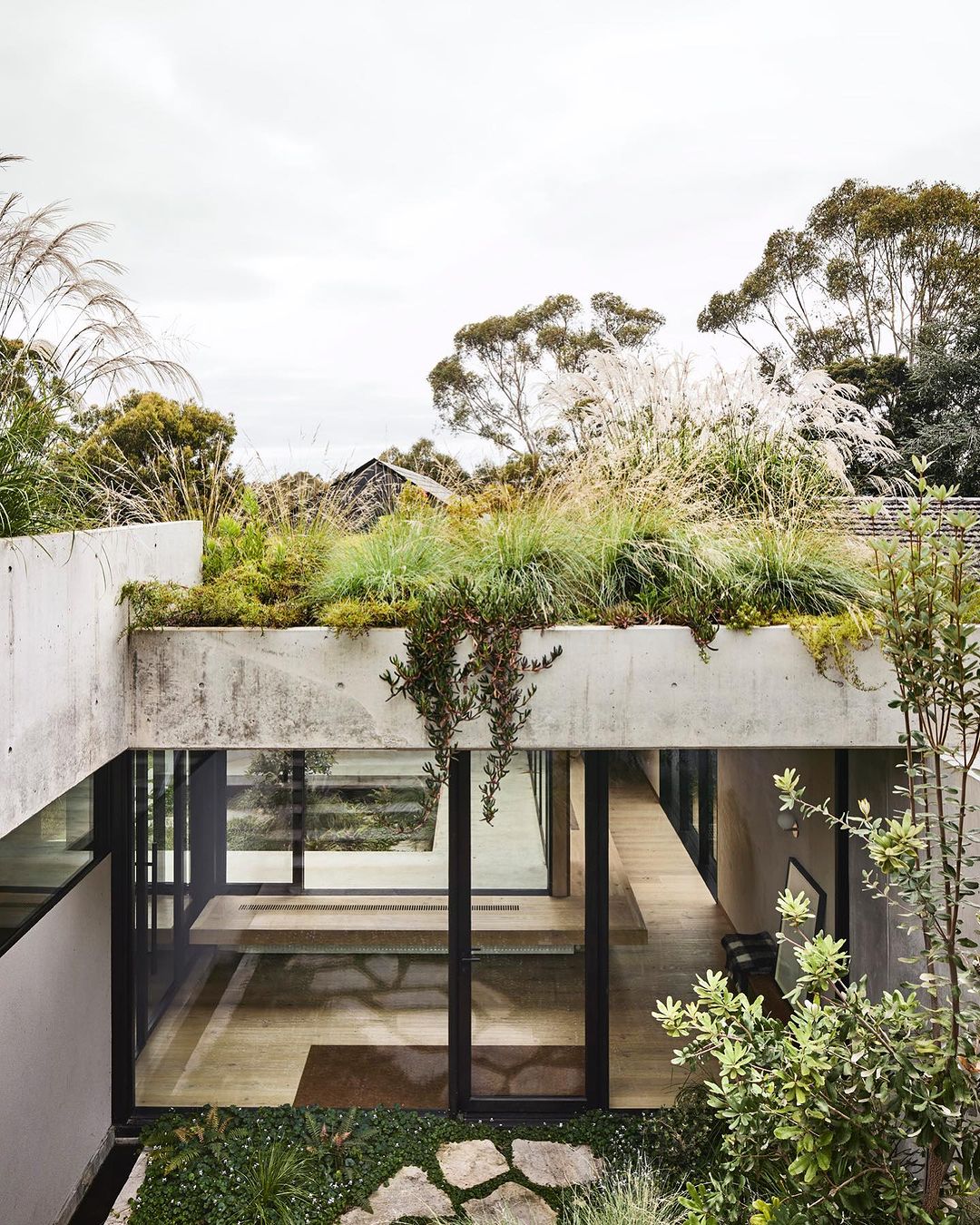
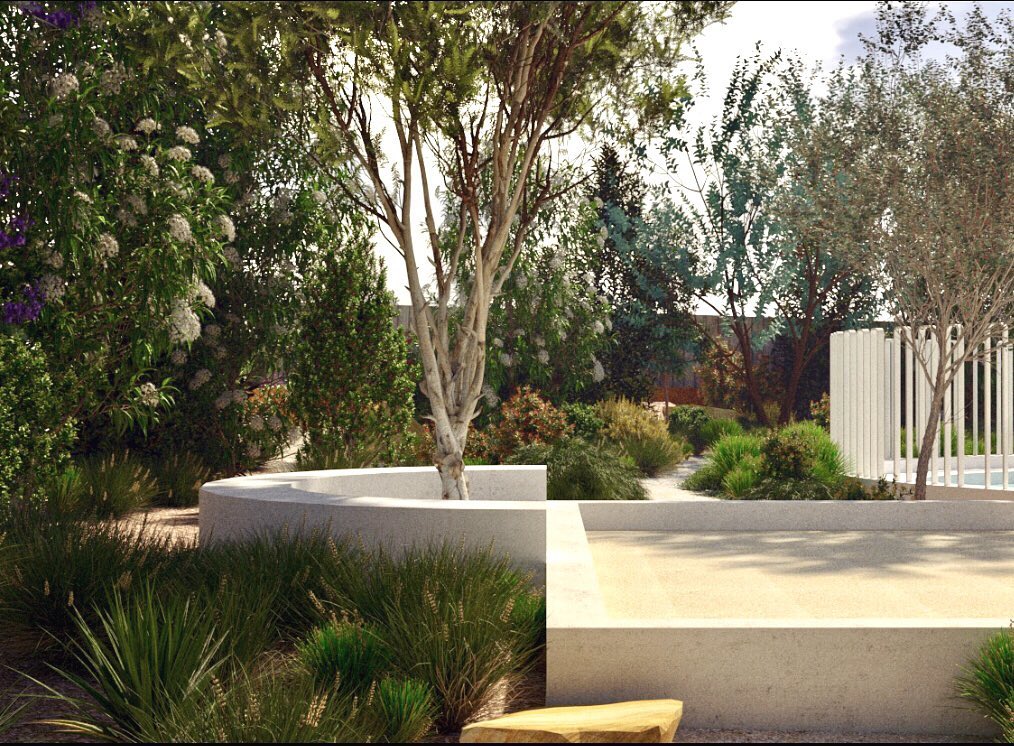

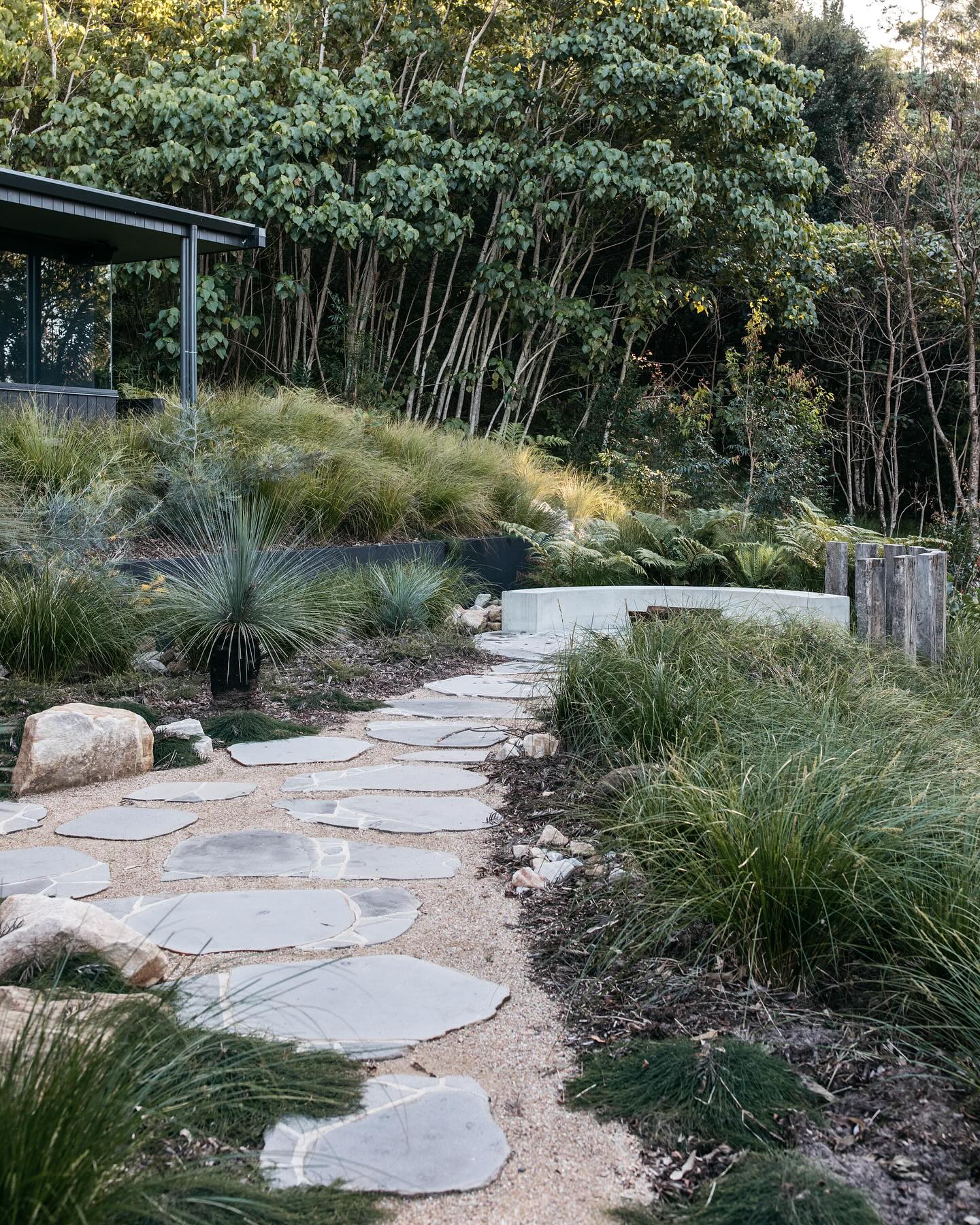

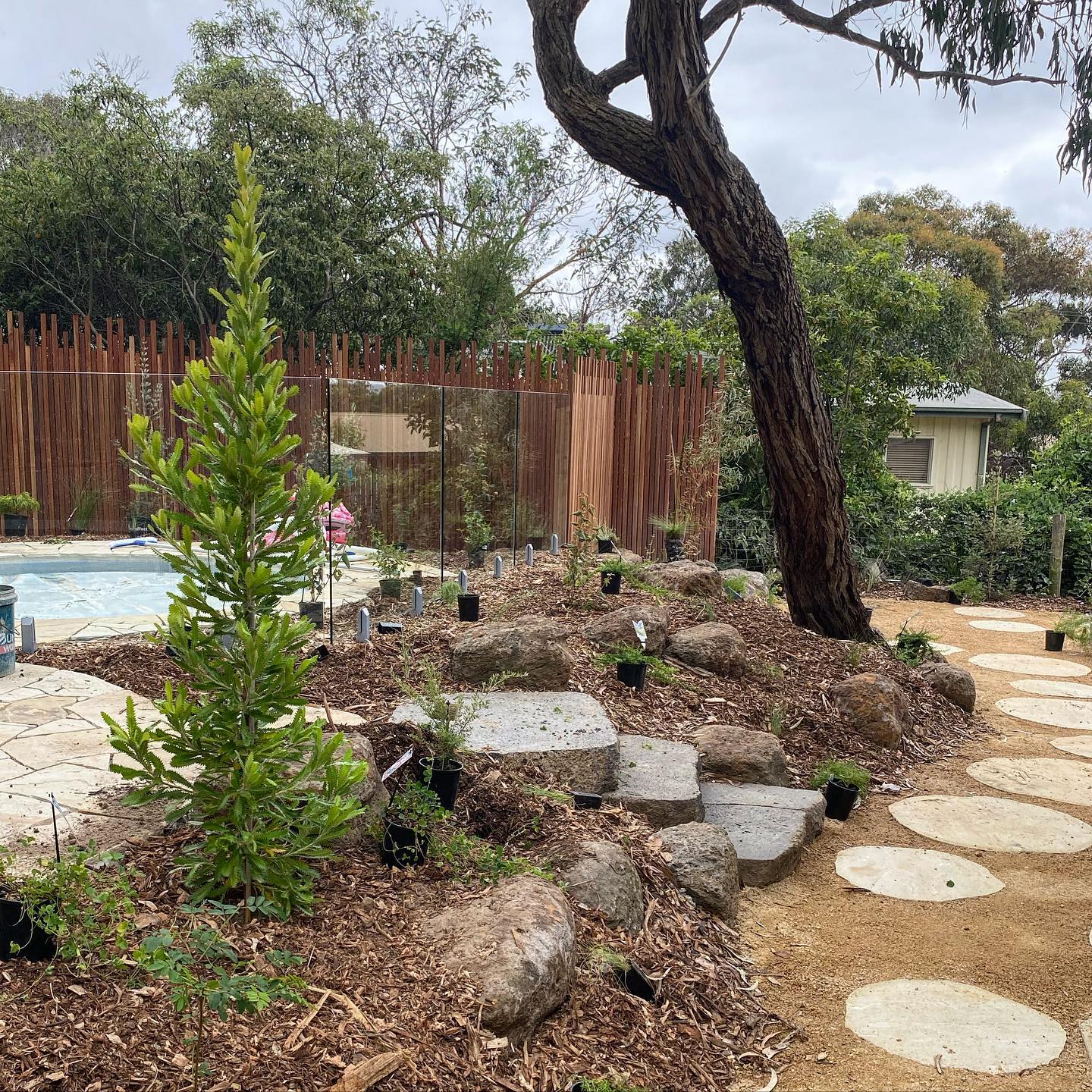
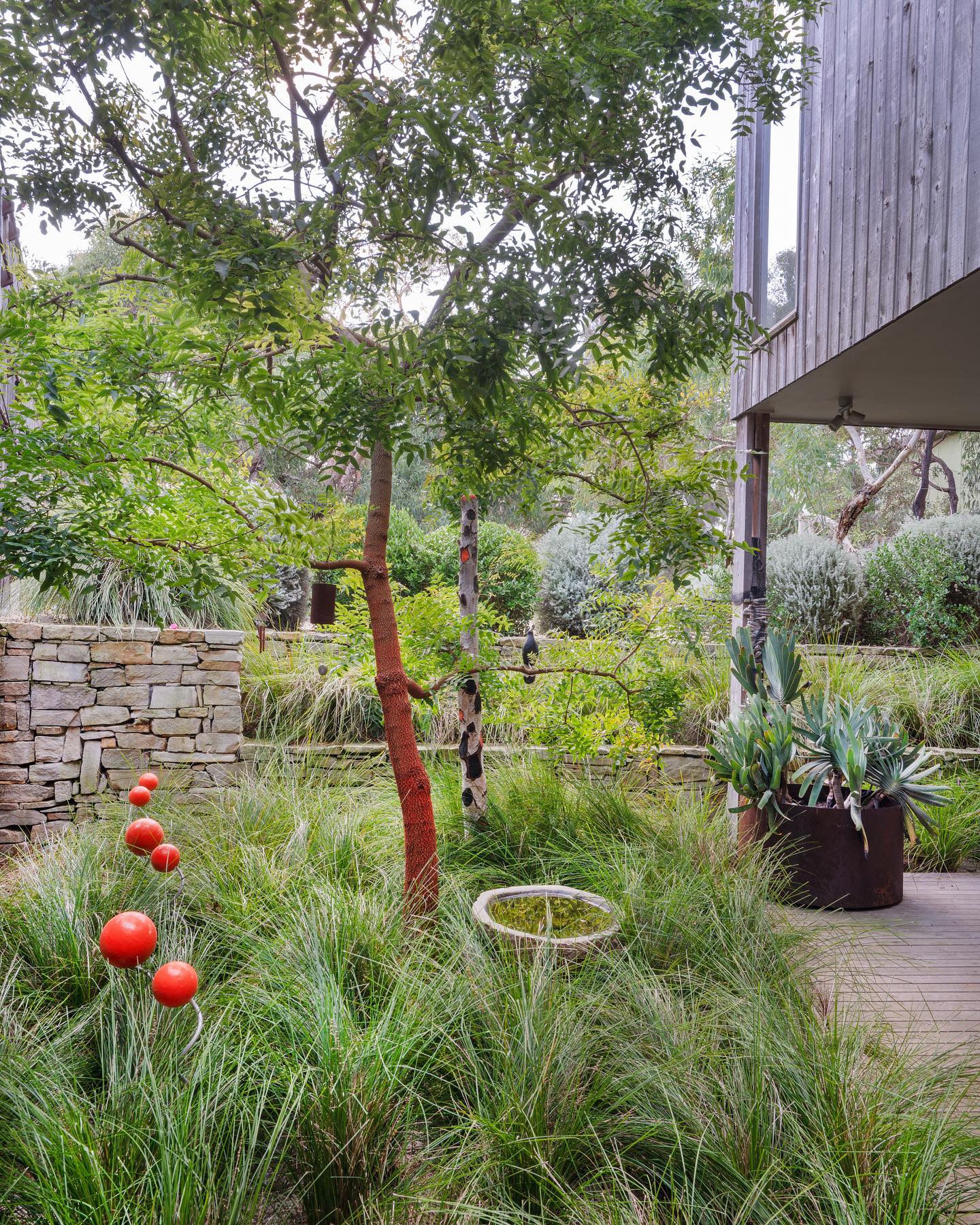
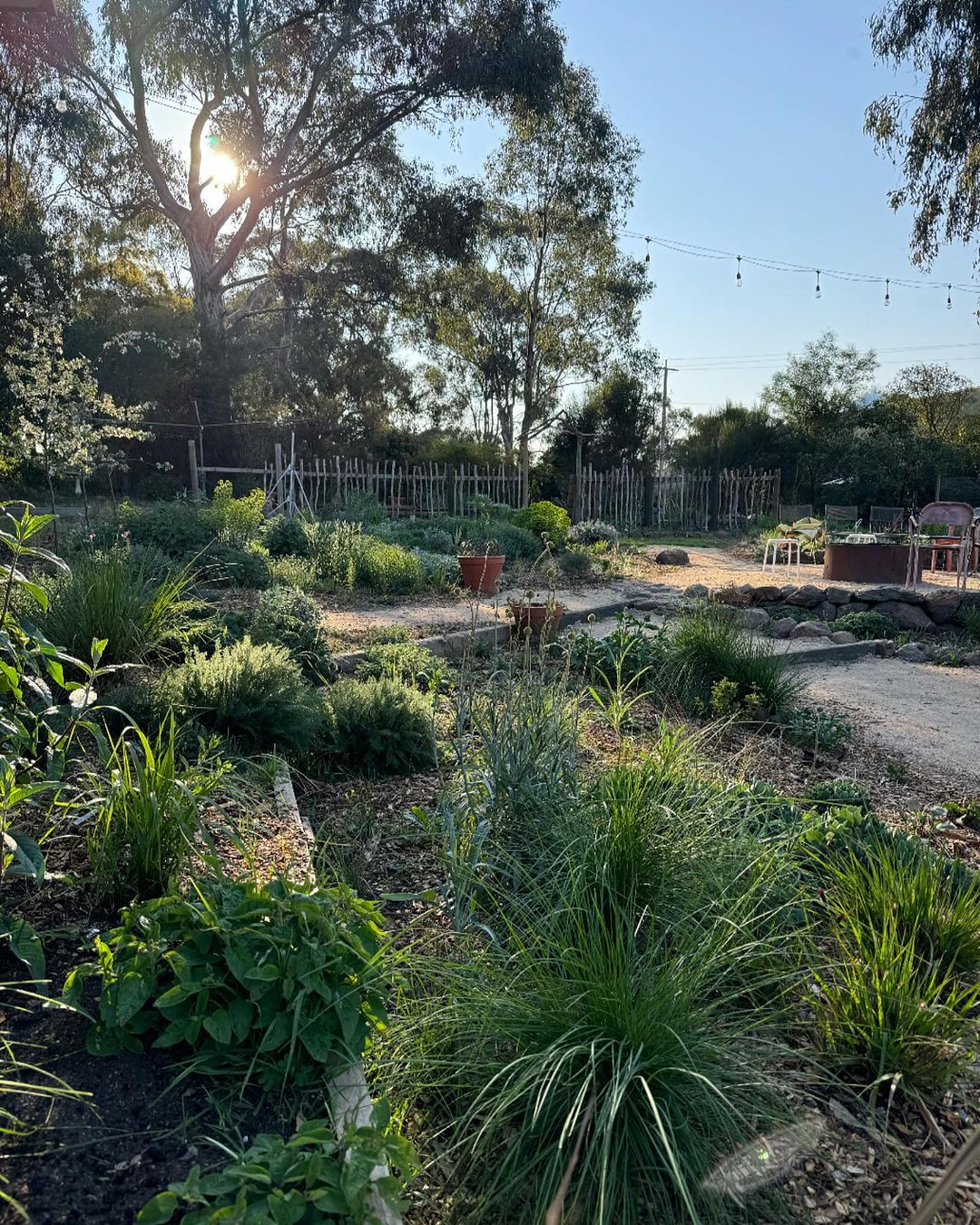
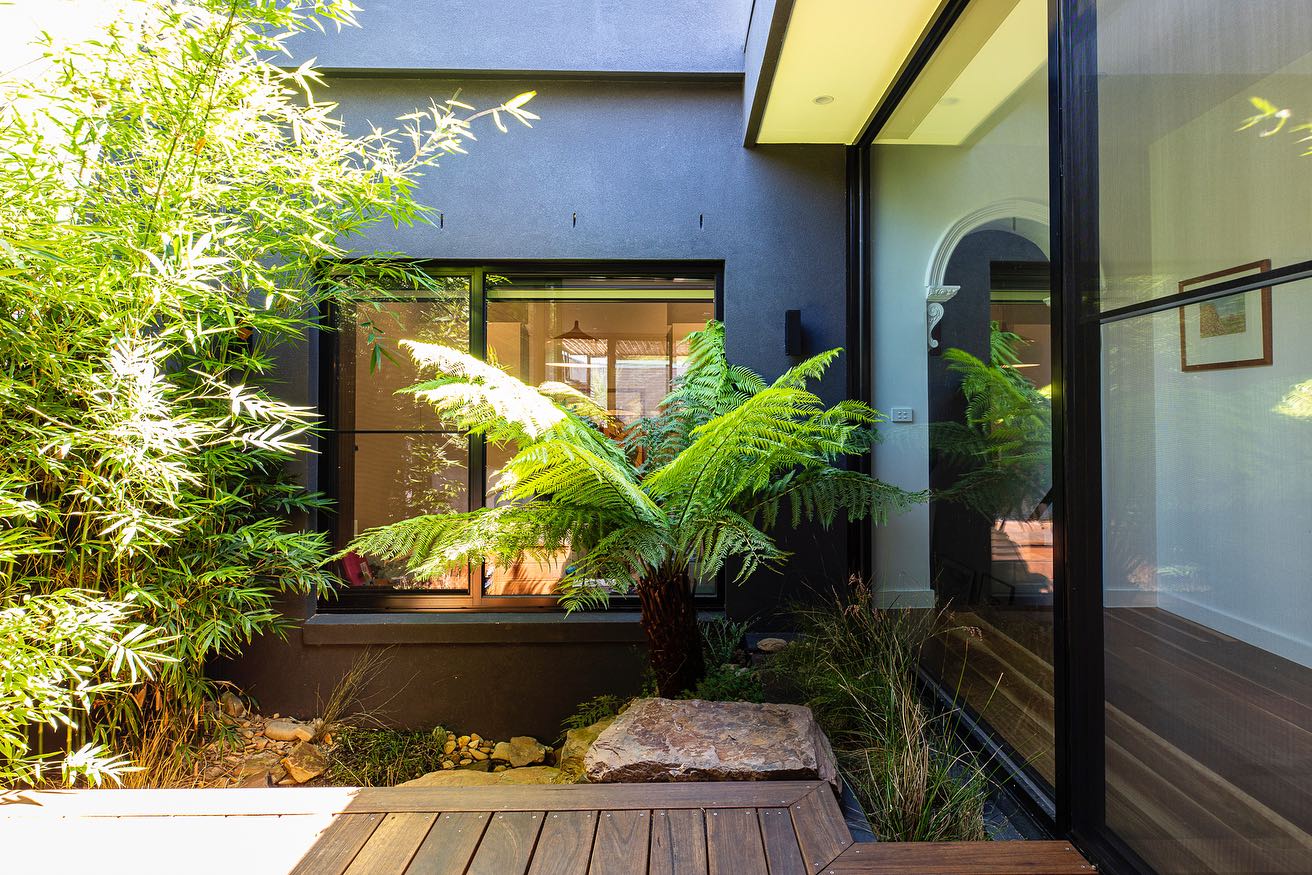
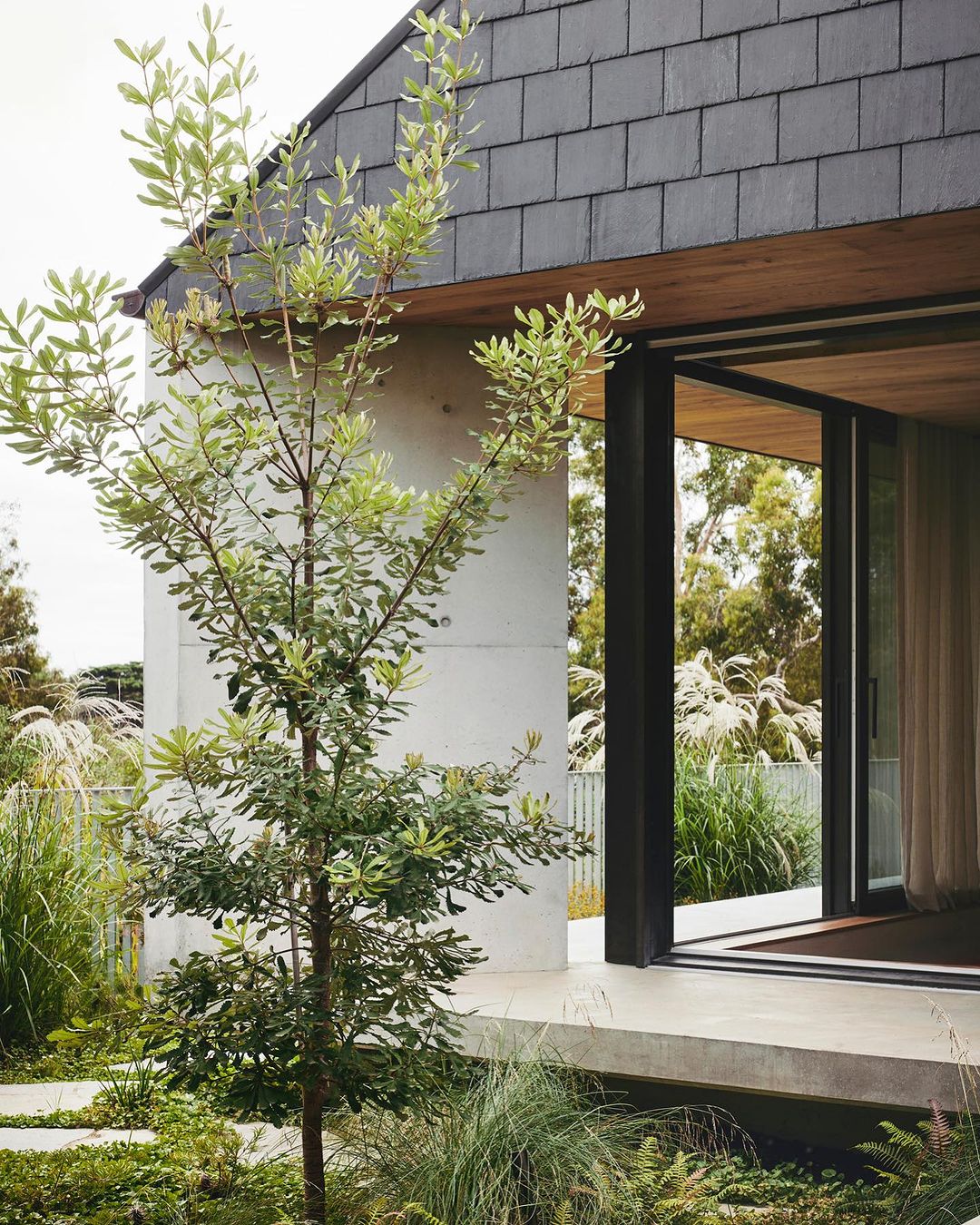
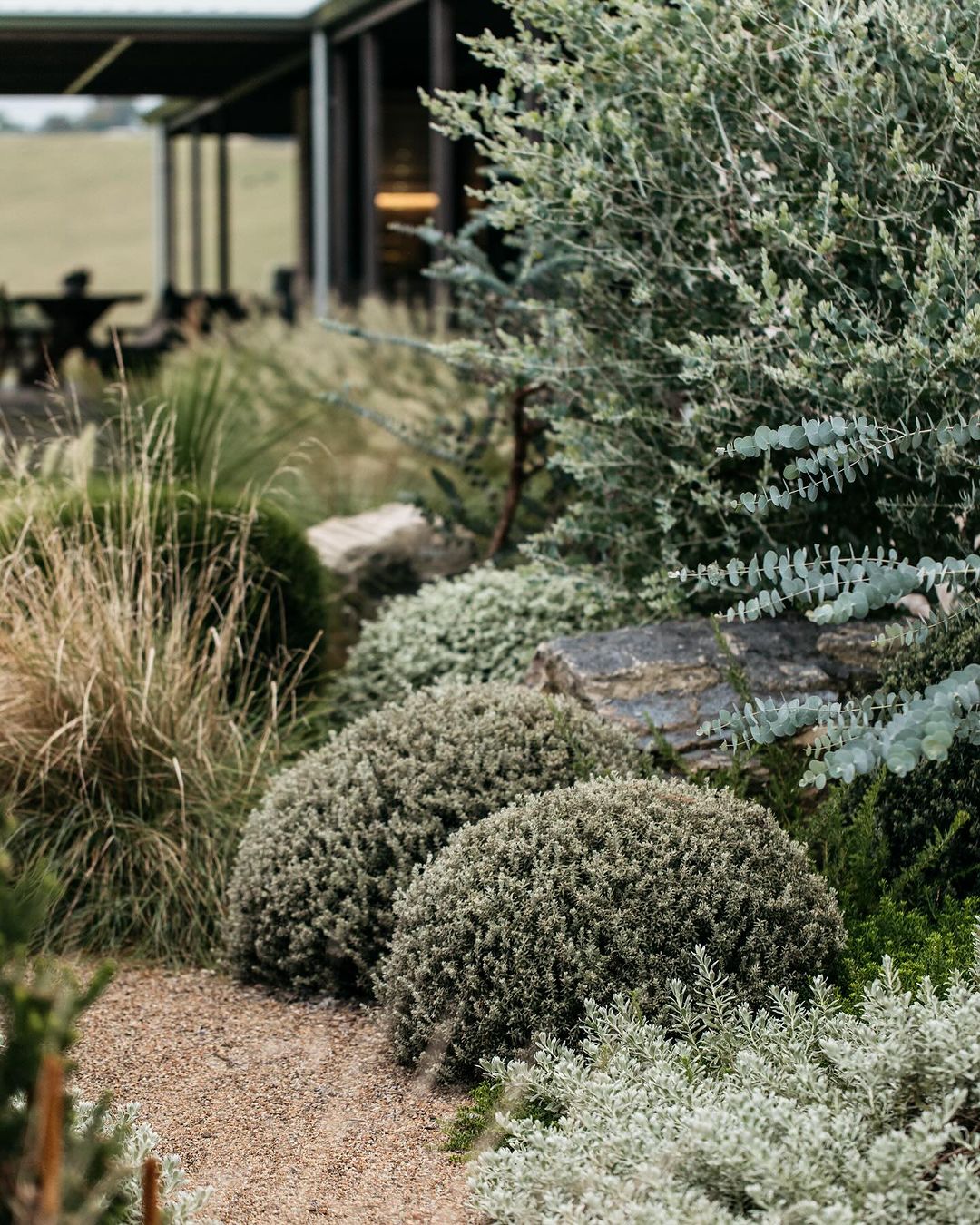
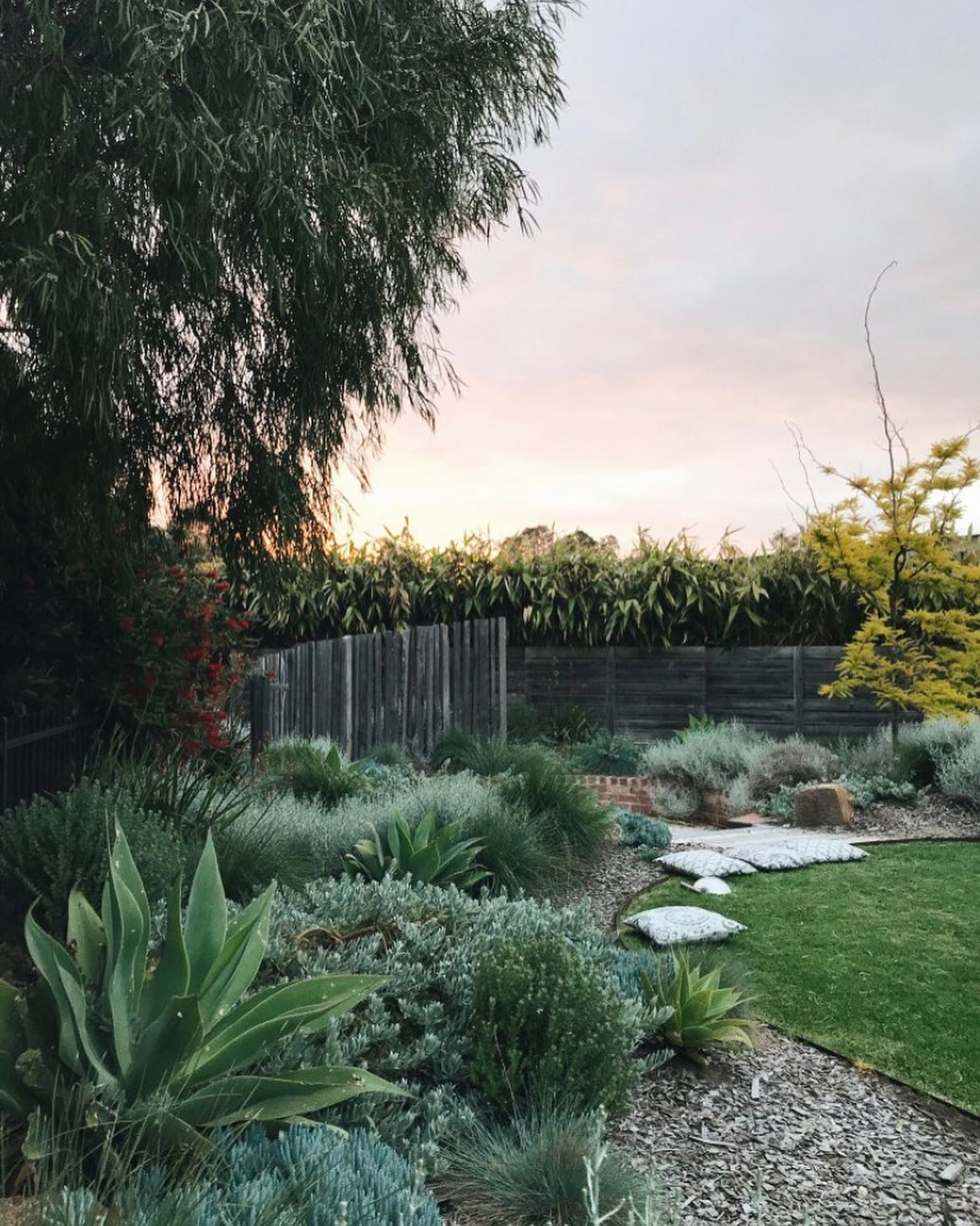


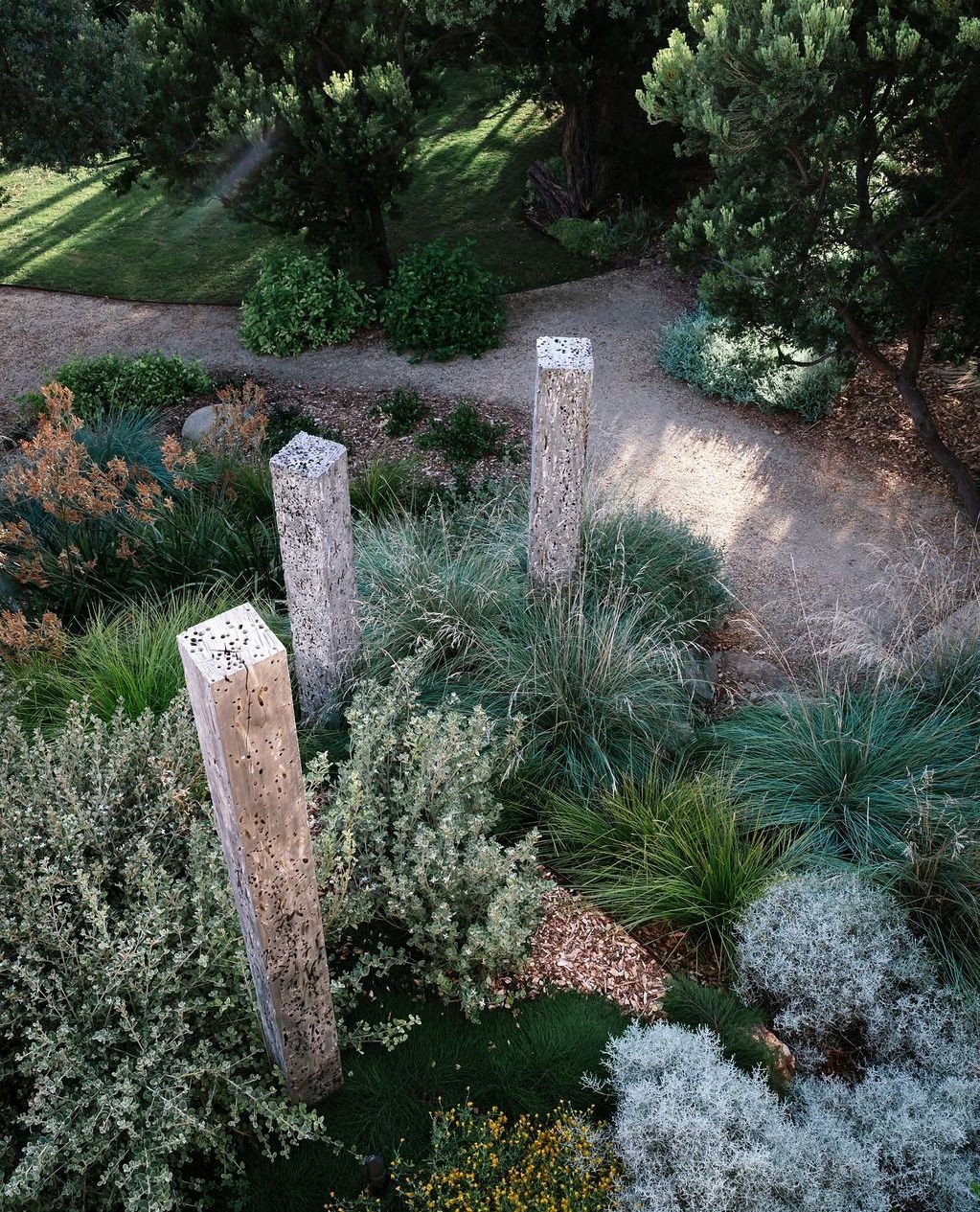
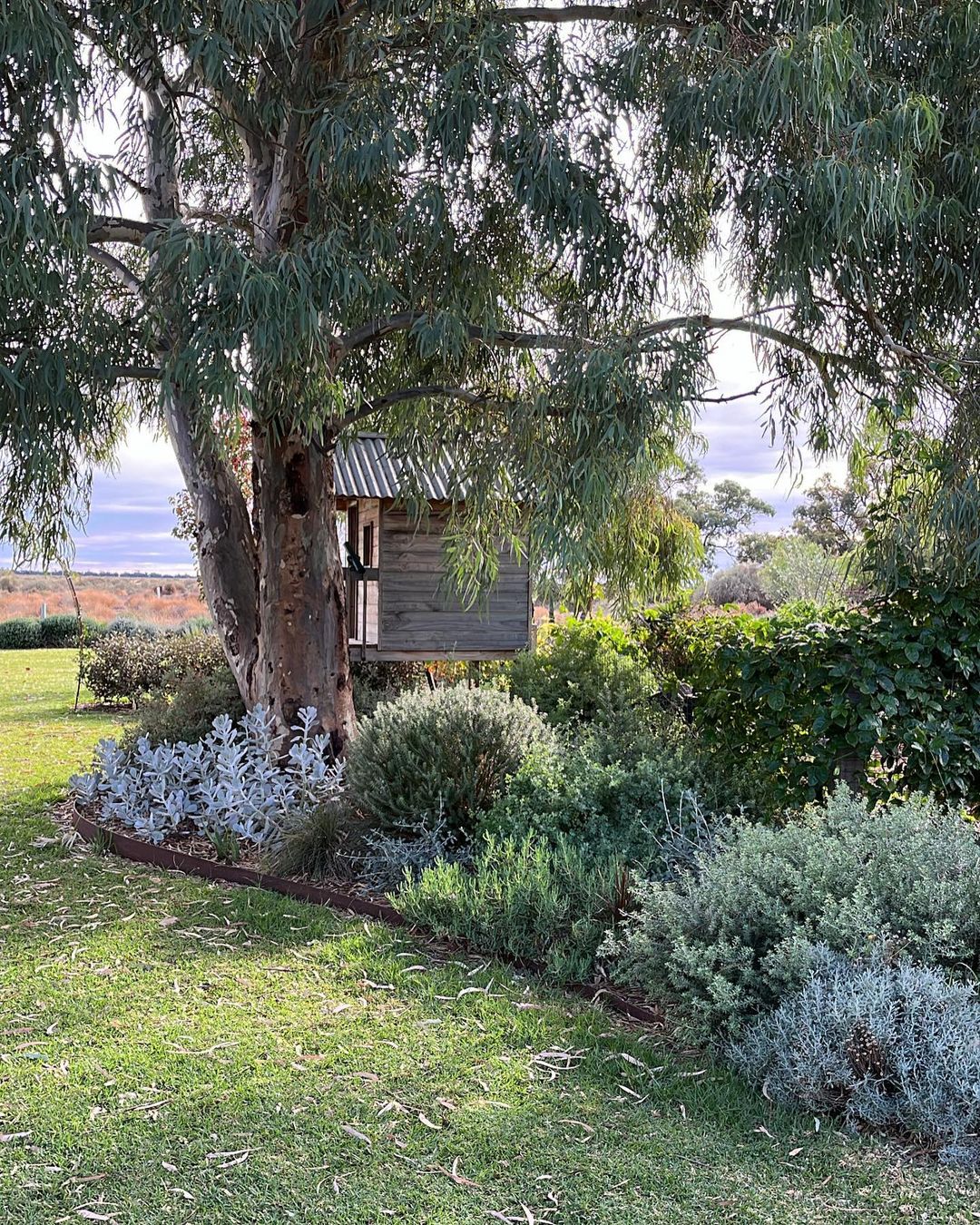
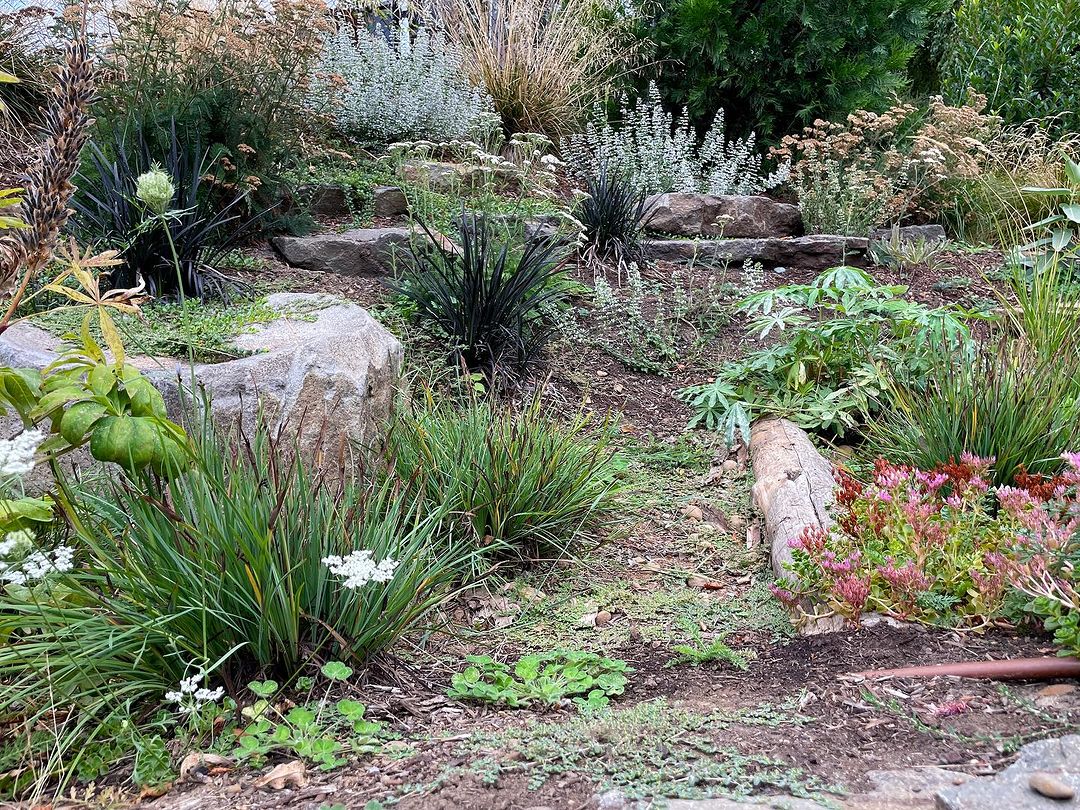
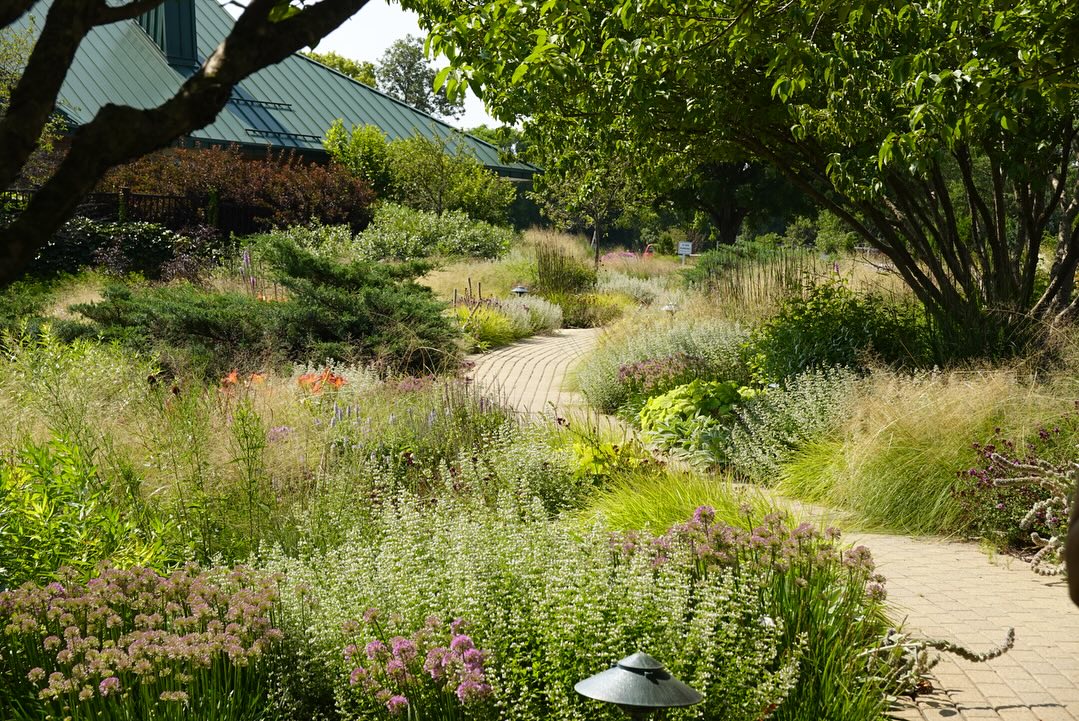
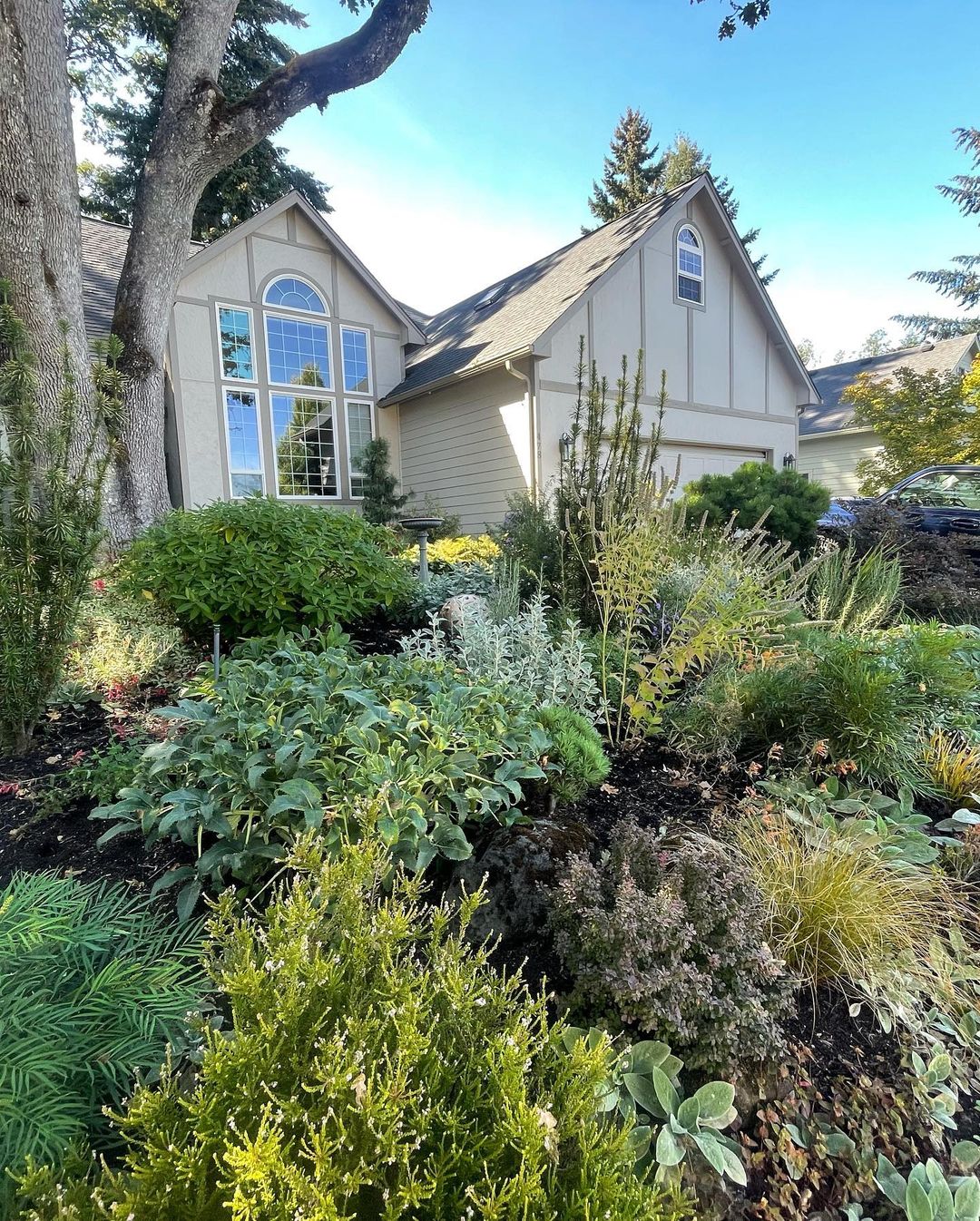

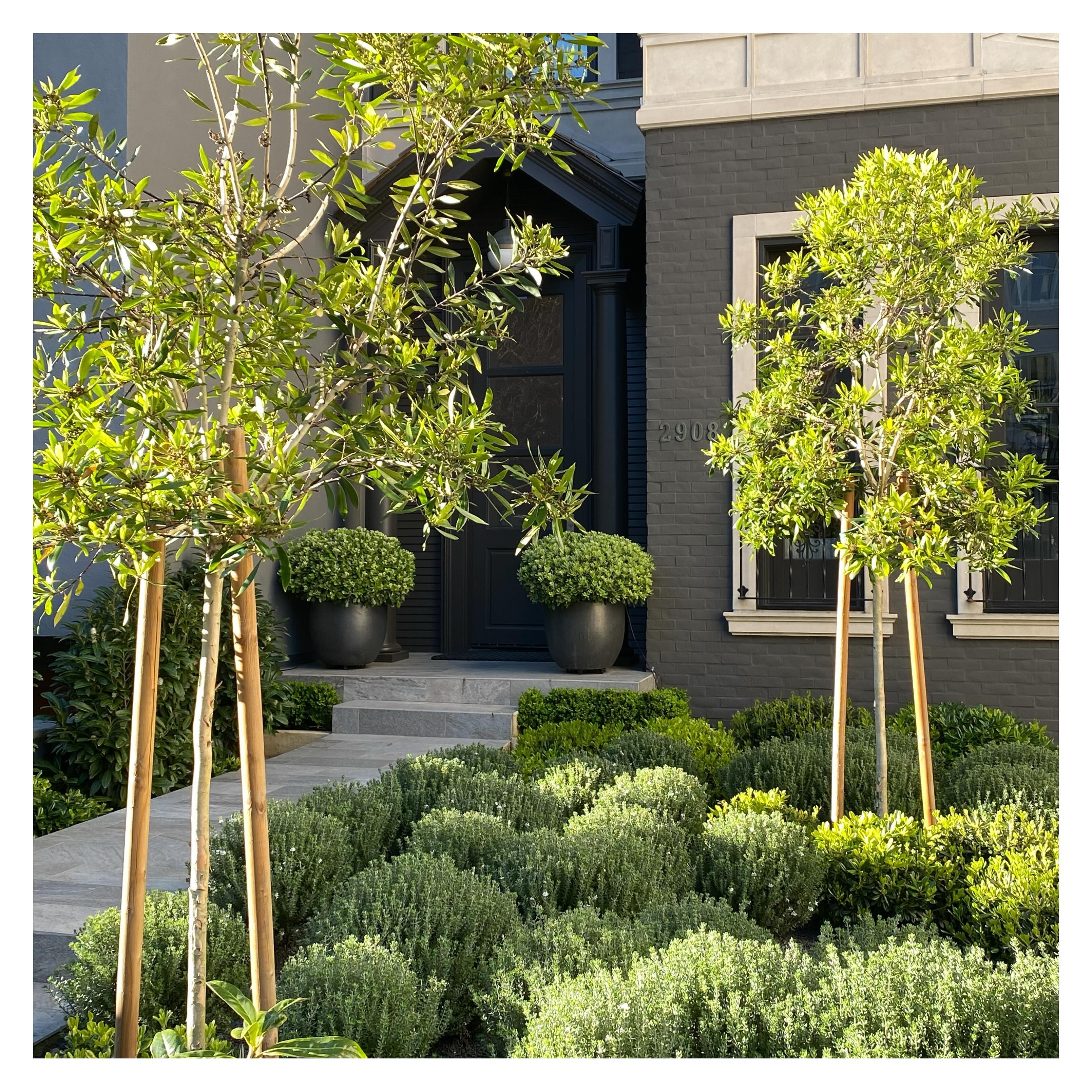
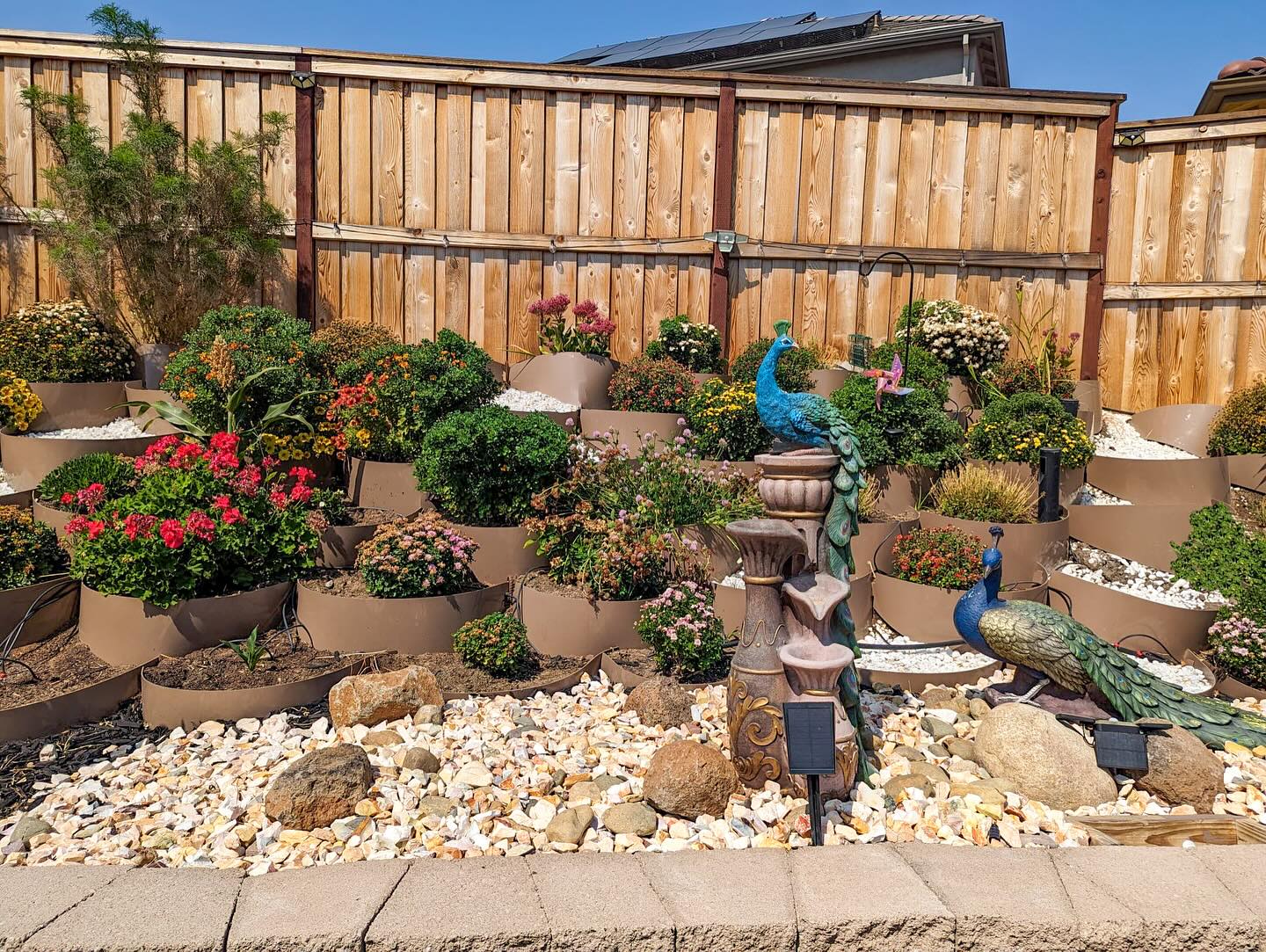
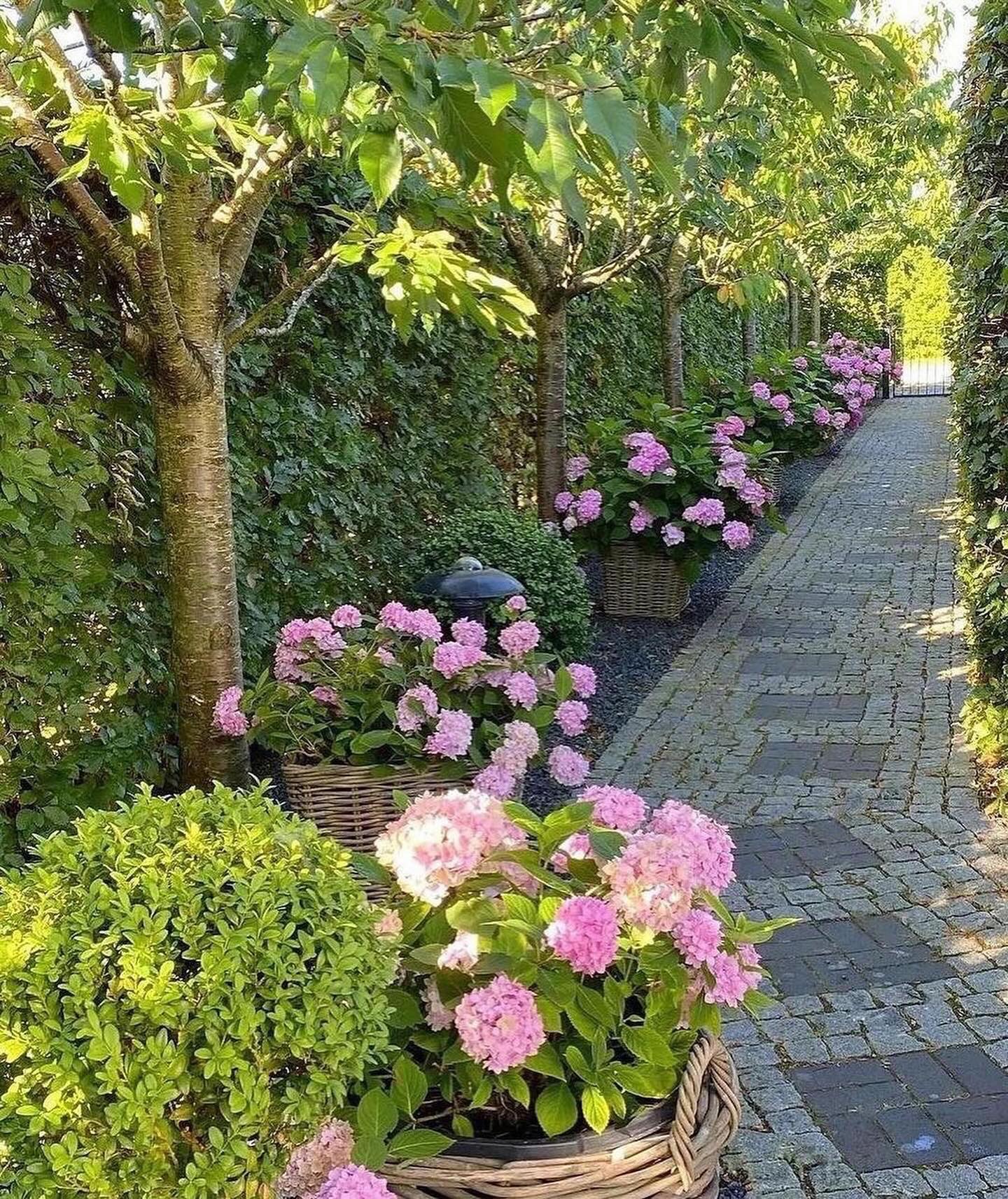
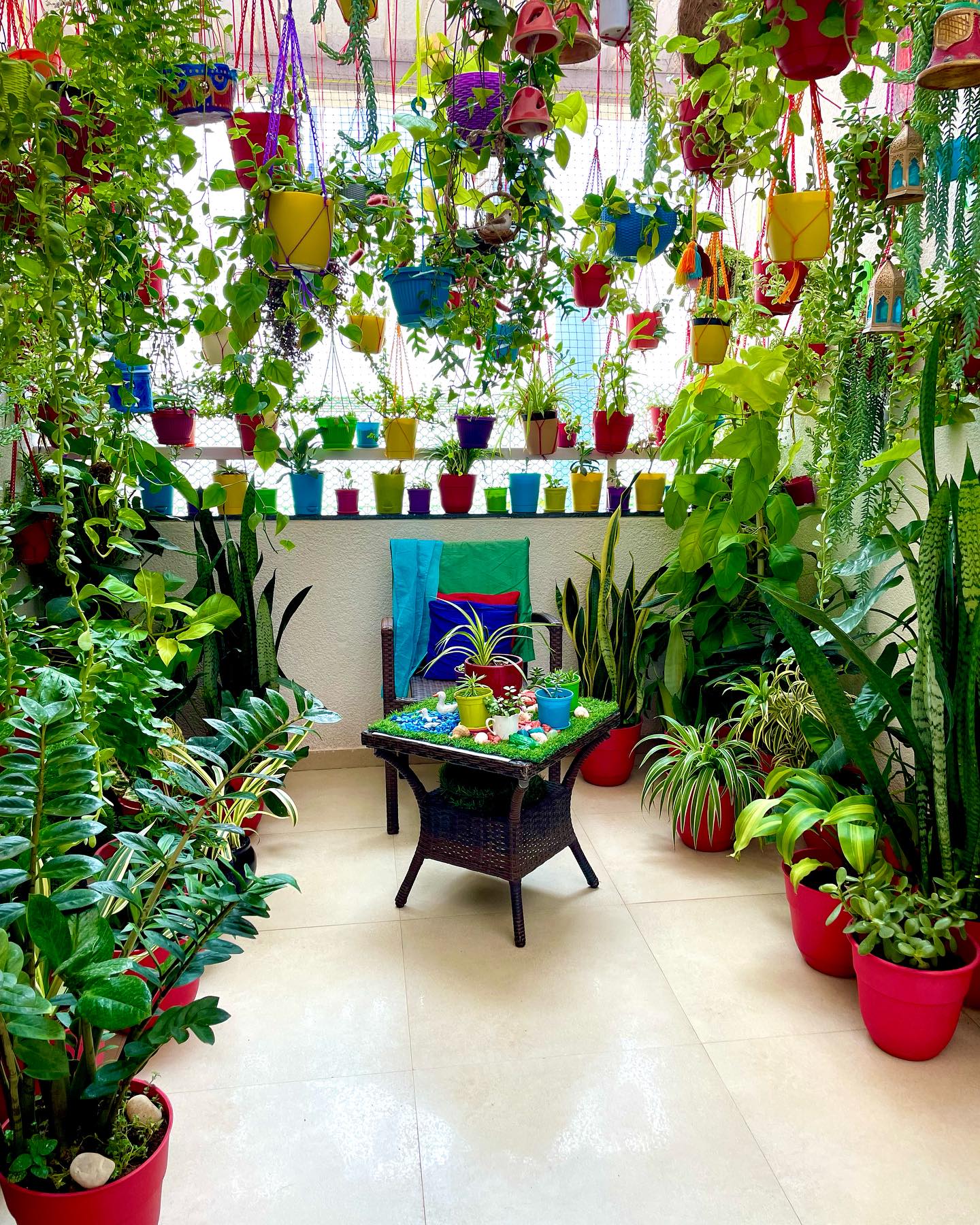
Comments